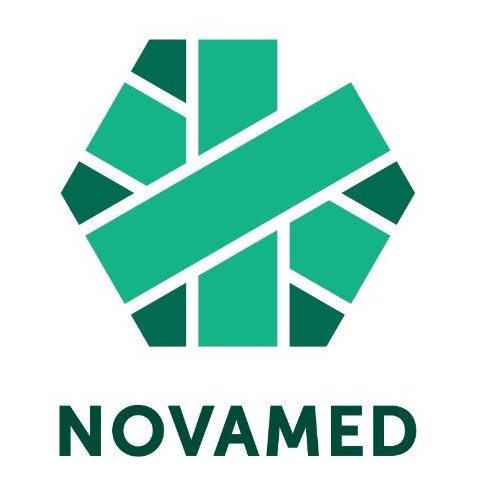
A Brief History of Incontinence Products: From Ancient Solutions to Modern Innovations
Managing incontinence has always been a challenge, but the evolution of incontinence products over the centuries highlights human ingenuity and adaptability. This blog traces the timeline of incontinence products from rudimentary solutions in ancient times to the sophisticated, comfortable options available today.
Early History (1500-1900)
1500s: The First Incontinence Apparatus
The earliest known device for managing incontinence dates back to the 1500s. It consisted of a belt attached to a bag, functioning as a primitive portable restroom. In Europe, people also used leaves and animal skins for incontinence management during this period (Attends).
1800s: Introduction of Cloth
By the 19th century, cloth became the primary material for managing incontinence. This shift provided a more practical solution, though it required regular laundering. In the United States, Maria Allen pioneered the mass production of cloth nappies in 1887, marking a significant advancement in hygiene products (Wikipedia).
20th Century Developments
1930s-1940s: Early Disposable Nappies
The concept of disposable nappies began to take shape in the 1930s and 1940s. Marion Donovan, an innovator in this field, created a waterproof nappy cover from nylon parachute cloth in 1946. Despite her efforts, early disposable versions struggled to find market acceptance (Wikipedia).
1950s-1960s: Commercialisation and Early Innovations
The mid-20th century saw companies like Johnson & Johnson and Playtex entering the disposable nappy market. These products were initially thick and bulky, often secured with Velcro or similar fastenings. This period laid the groundwork for future advancements in incontinence product technology (Attends) (Wikipedia).
Modern Era (1970-2000)
1970s: Proctor & Gamble’s Attends
Proctor & Gamble introduced Incontinent Briefs in 1978, targeting hospitals and care facilities. However, they faced significant marketing challenges due to the stigma surrounding incontinence products (Parentgiving).
1980s: Depend by Kimberly-Clark
A major milestone occurred in 1984 when Kimberly-Clark launched Depend. Their successful marketing strategies helped reduce the stigma associated with adult incontinence, making these products more acceptable and widely used (Parentgiving) (BizHist-America).
1990s: Technological Advancements
The 1990s brought significant improvements with the introduction of super-absorbent polymers. These materials made incontinence products thinner, more comfortable, and highly effective. The variety of products also expanded, including more discreet options like pull-up underwear and specialised pads (Attends).
21st Century and Future Trends
2000s-Present: Market Expansion and Innovation
The 21st century has seen a significant expansion in the market for incontinence products, driven by an ageing population and increased acceptance. Innovations include washable incontinence underwear that resembles regular underwear and the use of advanced, highly absorbent fabrics. These products offer greater comfort and discretion, addressing both the physical and emotional needs of users (Wikipedia).
Future Prospects
At Novamed, we are committed to pushing the boundaries of innovation in incontinence care. Our Bamboo Light Incontinence Pads are a testament to this commitment. These highly absorbent, anti-leakage pads are designed with a bamboo top sheet and a biodegradable back sheet, offering maximum comfort while being environmentally friendly.
Why sacrifice comfort for absorbency? Our Bamboo Light Incontinence Pads offer both! These pads are gentle on your skin and on the environment. No need to worry about messes either—they're disposable, making clean-up a breeze. As we look to the future, Novamed continues to prioritise both the well-being of our users and the health of our planet by developing products that are as innovative as they are responsible.




